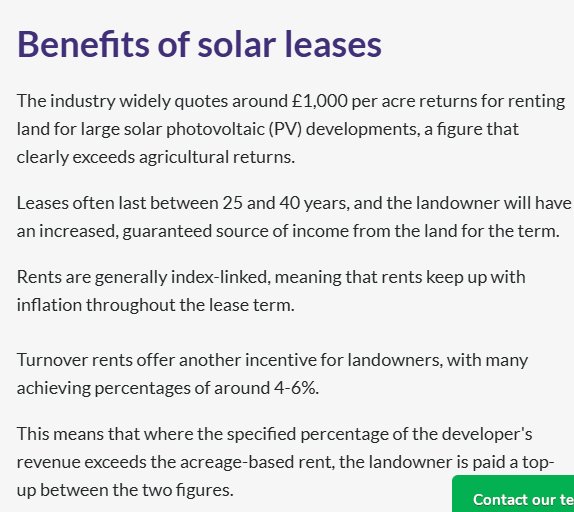Would it matter if I did Lincs?
I actually agree with you about smaller turbines, supplying smaller more independant areas instead of pooling power into a 'National Grid. They would be able to monitor demand more accurately and power up faster than large scale power units.
I disagree with you about the assessment of the costs of a coal fired station against turbines or solar producing the same output.
This was the power output from Thorpe Marsh over the years, and even at it’s minimum output when fully operational (one point seven gW) it would require at least 450 of the largest wind turbines.
Consider the sourcing of materials, the manufacturing of 450 wind turbines, the transportation from China, the construction of suitable concrete foundations, the siting and erection of these mighty monoliths, the purchase or rent of the land required for placement over considerably more than 130 acres, and maintenance and blade replacement over the 20 - 25 years lifespan…
AI Overview
View all
The average lifespan of a wind turbine is 20 to 25 years, though this can vary based on factors like location, maintenance, and technology. While components will need replacing during this time, the operational life can be extended with proper maintenance and favorable environmental conditions. Ultimately, the economic viability of a turbine—considering maintenance costs versus energy production returns—determines its operational end-of-life.
Factors affecting lifespan
Regular maintenance and component replacement are crucial for reaching the upper end of the lifespan. Technologies like blade monitoring can proactively detect damage to extend life by 3–5 years.
- Environmental conditions:
The location significantly impacts longevity. Offshore turbines often operate in harsher conditions than onshore ones, which can affect how long they last.
Wind turbines are subjected to extreme forces, which causes gradual deterioration and fatigue damage over time.
Even with good maintenance, a turbine may be decommissioned if the cost of upkeep and upgrades becomes greater than the financial return from the electricity it generates.
End-of-life and repurposing
-
When a turbine reaches the end of its life, components can often be dismantled and recycled.
-
Some companies are developing innovative ways to repurpose old turbine parts, such as using the control boxes to build tiny homes.
-
The blades are a particular focus for repurposing and recycling efforts.
You must also factor in the cost of a large scale battery storage facility, the cost of materials and transportation, the amount of land required, and the staff to maintain and monitor the plant. Just because energy is free at the point of generation, doesn’t mean that costs don’t occur in other areas.
Then there is the waste products…And the cost of landfill…


I bet you could get several Gas Turbine power stations on there…





